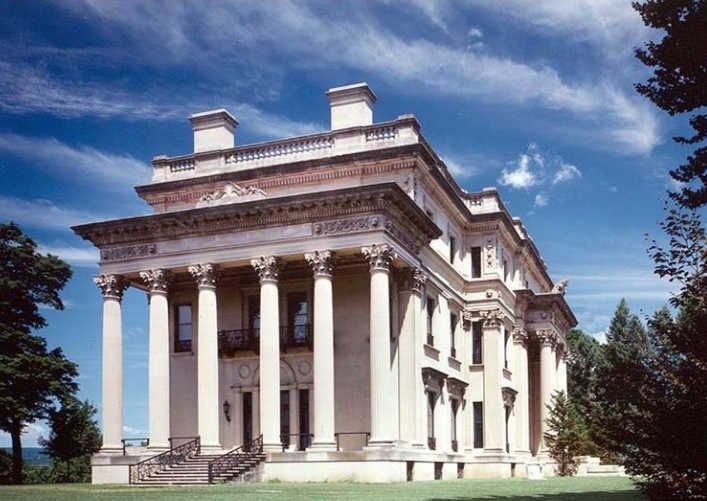The intersection of modernism and traditional architecture represents a dynamic interplay between different design philosophies and historical contexts. While modernism often emphasizes cutting-edge innovation, sleek aesthetics, and a departure from historical precedents, traditional architecture is rooted in long-standing building practices, cultural heritage, and regional vernacular styles. The coexistence and interaction of these two design paradigms have led to the emergence of unique architectural expressions and have influenced contemporary approaches to building design. Here are some key aspects of the intersection of modernism and traditional architecture:
Evolving Design Language: Architects and designers have embraced a fusion of modernist and traditional elements, integrating contemporary materials, spatial concepts, and technologies within the framework of traditional architectural forms. This hybrid approach results in buildings that reflect a synthesis of historical context and innovative design principles.
Respect for Context and History: In instances where modernist structures are integrated into traditional settings, architects often prioritize contextual sensitivity and respect for historical surroundings. This may involve careful consideration of scale, massing, and materials to ensure that modernist interventions harmonize with the existing traditional fabric.
Innovative Adaptations: Traditional architectural elements, such as pitched roofs, courtyards, and artisanal craftsmanship, have been creatively reinterpreted within modernist designs. These reimagined traditional elements imbue contemporary buildings with a sense of continuity and cultural resonance, offering a fresh perspective on time-honored design elements.
Cultural Exchange and Global Influences: The intersection of modernism and traditional architecture is influenced by a broad spectrum of global cultural exchanges. Architects draw inspiration from diverse traditional building typologies, craftsmanship, and cultural motifs, introducing a rich tapestry of design influences that transcend geographical boundaries.
Sustainable Building Practices: Traditional building techniques, which emphasize climate-responsive design, local materials, and passive design strategies, have influenced modernist approaches to sustainability. This integration has led to the development of ecologically sensitive modernist buildings that pay homage to traditional wisdom in the use of natural resources and environmental stewardship.
In summary, the intersection of modernism and traditional architecture has given rise to a rich and diverse architectural landscape. By embracing the complementary attributes of both design paradigms, contemporary architects are forging a new architectural language that marries the progressive spirit of modernism with the timeless wisdom of traditional architecture, ultimately evolving the built environment in innovative and culturally resonant ways.
